- White Deren: Planting and Care, Varieties – Everything You Need to Know
- Introduction
- Planting White Deren
- Caring for White Deren
- Varieties of White Deren
- Benefits of Growing White Deren
- Choosing the Right Variety
- Growth Habit
- Flower Type
- Bloom Time
- Size
- Hardiness
- Disease Resistance
- Planting White Deren
- Choosing the Right Location
- Preparing the Soil
- Planting the Tree
- Caring for White Deren
- Conclusion
- Watering and Fertilizing White Deren
- Watering:
- Fertilizing:
- Pruning and Training White Deren
- When to Prune
- Tools Needed for Pruning
- Pruning Techniques
- Training Techniques
- Common Pests and Diseases
- Harvesting and Storing White Deren
- Harvesting:
- Storing:
- Questions and Answers:
- How do I take care of a White Deren plant?
- What are the different varieties of White Deren?
- What is the best time to plant White Deren?
- Can White Deren tolerate full sun?
- How tall can White Deren plants grow?
- Do White Deren plants attract wildlife?
- Videos: How to stop screwing yourself over | Mel Robbins | TEDxSF
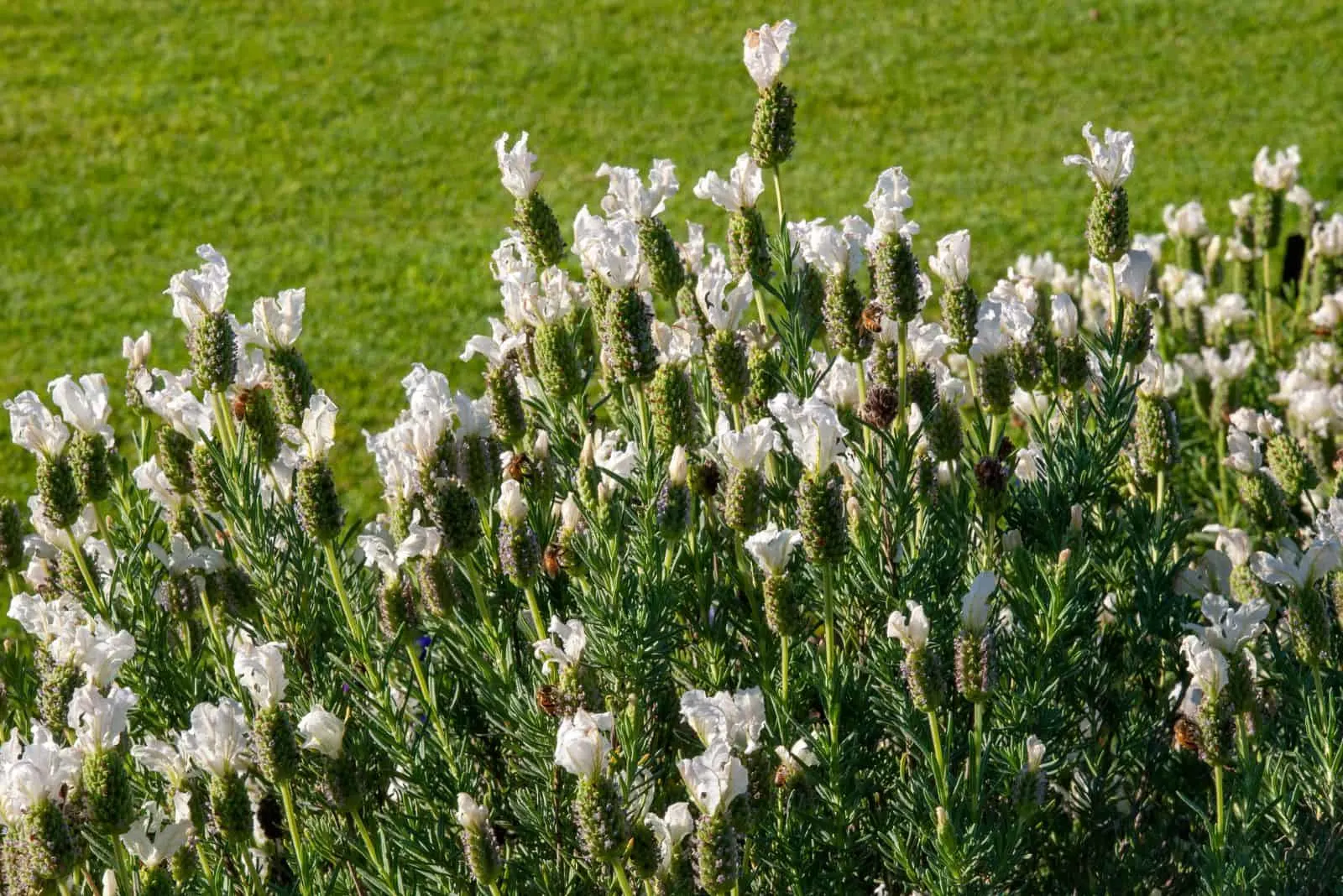
White Deren, also known as Leucadendron argenteum, is a stunning evergreen shrub that is native to South Africa. With its silvery-white foliage and unique cone-shaped flowers, it is a popular choice for gardeners looking to add an eye-catching touch to their landscape.
When it comes to planting White Deren, it is important to choose a sunny spot in the garden with well-draining soil. This shrub thrives in full sun and is not tolerant of frost, so it is best suited for warmer climates or areas with mild winters. It is also necessary to provide adequate space for White Deren to grow, as it can reach heights of up to 10 feet.
When caring for White Deren, regular watering is essential, especially during the hotter months. However, it is crucial not to overwater, as this can lead to root rot. Additionally, pruning should be done in late winter or early spring to maintain its shape and encourage new growth.
There are several varieties of White Deren available, each with its own unique characteristics. The most popular variety is ‘Silver Tree’, which has large, silver-white leaves and cone-shaped flowers that turn from green to pink as they mature. Another variety to consider is ‘Silver Leaf’, which has smaller leaves but produces an abundance of flowers.
Overall, White Deren is a beautiful and striking plant that adds a touch of elegance to any garden. With proper planting and care, it can thrive and become a focal point in your landscape. So, if you’re looking for a unique and stunning addition to your garden, consider White Deren.
White Deren: Planting and Care, Varieties – Everything You Need to Know
Introduction
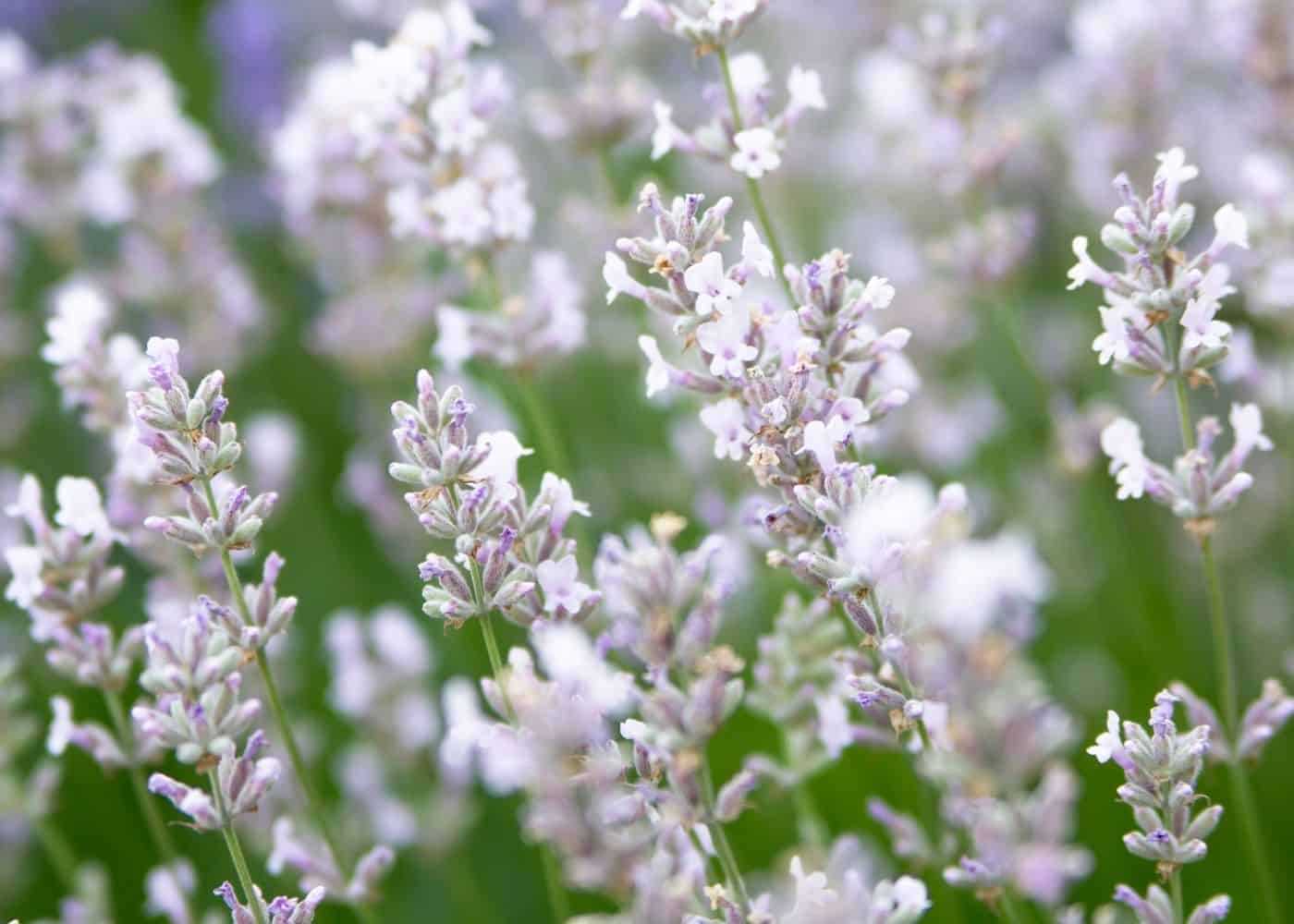

White Deren is a flowering plant known for its beautiful white flowers and delicate scent. It is a popular choice for gardens and landscapes due to its attractive appearance and low maintenance requirements. In this article, we will provide you with all the information you need to know about planting and caring for White Deren, as well as the different varieties available.
Planting White Deren
White Deren can be planted in both gardens and containers. Here are the steps to follow for successful planting:
- Choose a location that receives full to partial sunlight. White Deren prefers well-draining soil and can tolerate a variety of soil types.
- Dig a hole that is slightly larger than the root ball of the plant.
- Place the plant in the hole, making sure it is at the same depth as it was in the container or nursery pot.
- Backfill the hole with soil and gently press it down to remove any air pockets.
- Water the plant thoroughly after planting to help settle the soil.
Caring for White Deren
White Deren is a relatively low-maintenance plant. Here are some care tips to ensure its health and growth:
- Watering: White Deren should be watered regularly, especially during dry spells. However, make sure not to overwater, as it can lead to root rot.
- Fertilizing: Apply a balanced fertilizer in the spring to promote healthy growth. Follow the instructions on the fertilizer packaging for application rates.
- Pruning: Prune White Deren after flowering to maintain its shape and remove any dead or damaged branches. Avoid heavy pruning, as it can reduce flowering.
- Protecting from Extreme Temperatures: White Deren is generally hardy, but it may need protection from extreme cold or heat. Mulching around the base of the plant can help regulate soil temperature.
Varieties of White Deren
There are several varieties of White Deren available, each with its own unique characteristics. Some popular varieties include:
| Variety | Description |
|---|---|
| White Delight | A compact variety with pure white flowers and a strong fragrance. |
| White Cascade | A trailing variety that works well in hanging baskets or as groundcover. |
| White Angel | A dwarf variety with double white flowers and a compact growth habit. |
These are just a few examples, and there are many more White Deren varieties available. Choose the one that best suits your garden or landscaping needs.
In conclusion, White Deren is a beautiful and low-maintenance flowering plant that can enhance the beauty of any garden or landscape. By following the planting and care instructions provided in this article, you can enjoy the beauty and fragrance of White Deren in your own space.
Benefits of Growing White Deren
- Beautiful Blooms: White Deren produces stunning white flowers that add elegance and beauty to any garden or landscape.
- Versatility: It can be grown as both a shrub and a small tree, offering flexibility in various garden designs.
- Drought Tolerant: White Deren has a high tolerance for drought, making it an excellent choice for areas with limited water resources.
- Low Maintenance: This plant requires minimal care once established, making it suitable for busy gardeners.
- Attracts Wildlife: The flowers of White Deren are known to attract bees and butterflies, contributing to the overall biodiversity of the garden.
- Deer Resistant: This variety is less likely to be damaged by deer, making it a suitable choice for gardens located in deer-prone areas.
- Winter Interest: The bark of White Deren develops an attractive exfoliating pattern, adding visual interest to the garden during the winter months.
- Hardiness: It is a hardy plant that can withstand a wide range of temperatures, making it suitable for various climates.
- Screening and Privacy: White Deren can be used as a natural screen or hedge to provide privacy and block unwanted views.
- Long Lifespan: With proper care, White Deren can live for several decades, providing beauty and enjoyment for many years.
Choosing the Right Variety
When it comes to planting and caring for white derens, choosing the right variety is crucial. Here are some important factors to consider when selecting a variety:
Growth Habit
- Upright varieties: These derens have a vertical growth habit and are ideal for creating hedges and borders. They provide a strong visual impact and can be pruned easily.
- Spreading varieties: These derens have a more horizontal growth habit and are perfect for ground cover or cascading over walls and containers.
- Climbing varieties: These derens are vigorous climbers and can be trained to grow on arbors, trellises, or fences, adding vertical interest to your garden.
Flower Type
White derens come in different flower types, including:
- Single flowers: These derens have single, open flowers with a central cluster of stamens. They are delicate and elegant.
- Semi-double flowers: These derens have larger, fuller flowers with multiple rows of petals. They add more volume and texture to the plant.
- Double flowers: These derens have fully double flowers with numerous layers of petals. They are extremely showy and provide a dramatic display.
Bloom Time
Consider the bloom time of the white deren variety you choose to ensure continuous flowering throughout the growing season. Some varieties may bloom in early summer, while others may bloom later in the season.
Size
White derens come in different sizes, ranging from compact shrubs to large climbing plants. Consider the space available in your garden and choose a variety that fits well without overcrowding other plants.
Hardiness
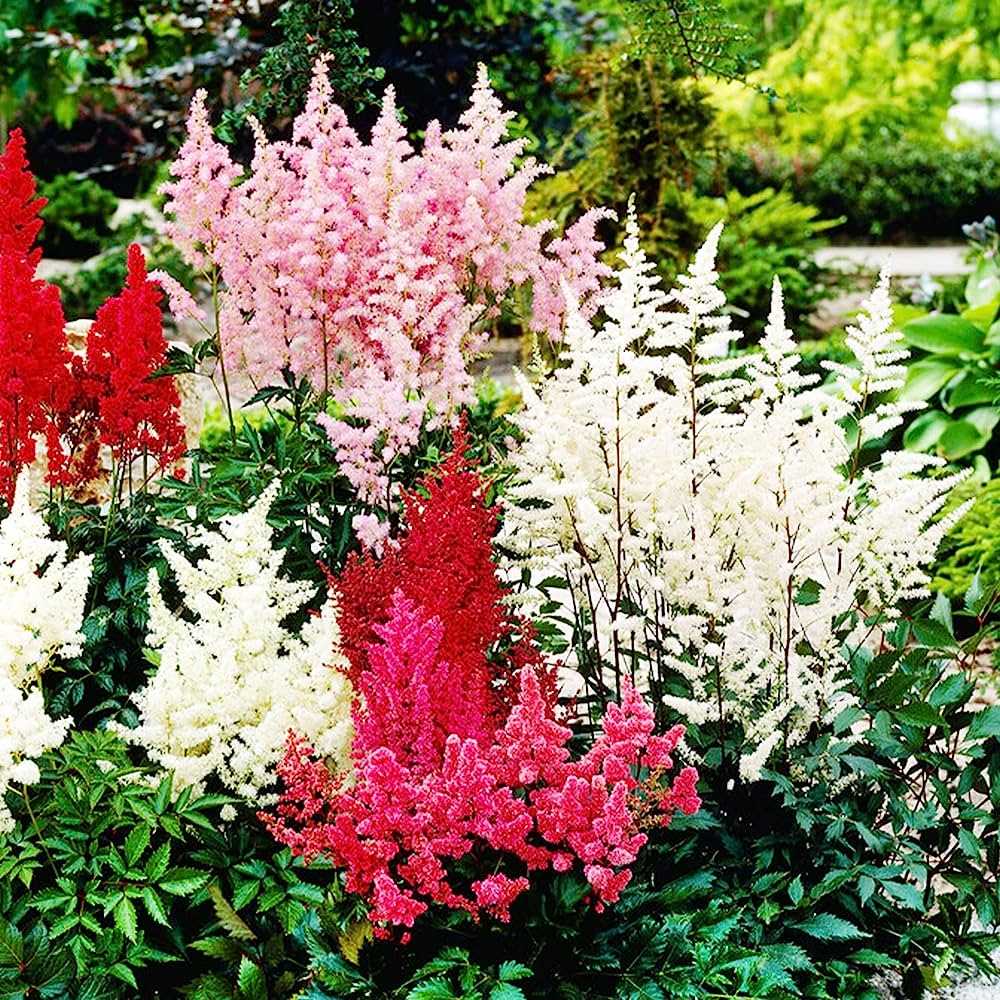

Make sure to select a white deren variety that is suitable for your climate zone. Check the hardiness rating of the variety to ensure it can withstand the temperature extremes in your region.
Disease Resistance
Some white derens are more resistant to common diseases and pests than others. Consider choosing a variety with good disease resistance to minimize the need for chemical treatments and ensure a healthier plant.
By considering these factors and researching the different varieties available, you can select the right white deren variety that suits your garden design, climate, and personal preferences.
Planting White Deren
White Deren (Aesculus hippocastanum “Baumannii”) is a beautiful flowering tree that can add beauty and elegance to any landscape. It is known for its large, white flower clusters that bloom in late spring. If you are interested in planting and growing White Deren, here are some tips to help you get started:
Choosing the Right Location
White Deren prefers full sun to partial shade, so it is important to choose a location that receives at least 6 hours of direct sunlight per day. It also requires well-draining soil to thrive. Make sure to select a location with enough space for the tree to grow to its full size, as White Deren can reach heights of 50 to 75 feet.
Preparing the Soil
Before planting White Deren, it is important to prepare the soil properly. Start by removing any weeds or grass from the planting area. Then, dig a hole that is two times wider and slightly deeper than the tree’s root ball. Break up the soil at the bottom of the hole to ensure good drainage.
Planting the Tree
Place the White Deren tree in the center of the hole, making sure that the top of the root ball is level with or slightly above the soil surface. Gently backfill the hole with soil, firming it around the root ball as you go. Water thoroughly to settle the soil and eliminate any air pockets.
Caring for White Deren
After planting, it is important to provide proper care for your White Deren tree to ensure its health and growth. Here are some care tips:
- Watering: White Deren requires regular watering, especially during the first few years of establishment. Keep the soil evenly moist, but not waterlogged.
- Fertilizing: Apply a balanced fertilizer in early spring to promote healthy growth.
- Pruning: Prune White Deren in late winter or early spring to remove dead, damaged, or crossing branches. This will help maintain the tree’s shape and improve air circulation.
- Pest and Disease Control: White Deren is generally a hardy tree, but it can be susceptible to leaf scorch, powdery mildew, and other diseases. Monitor the tree regularly and take appropriate measures if any issues arise.
Conclusion
With the right planting and care, White Deren can thrive and provide beautiful blooms season after season. By choosing the right location, preparing the soil, and providing proper maintenance, you can enjoy the beauty of this magnificent tree in your landscape.
Watering and Fertilizing White Deren
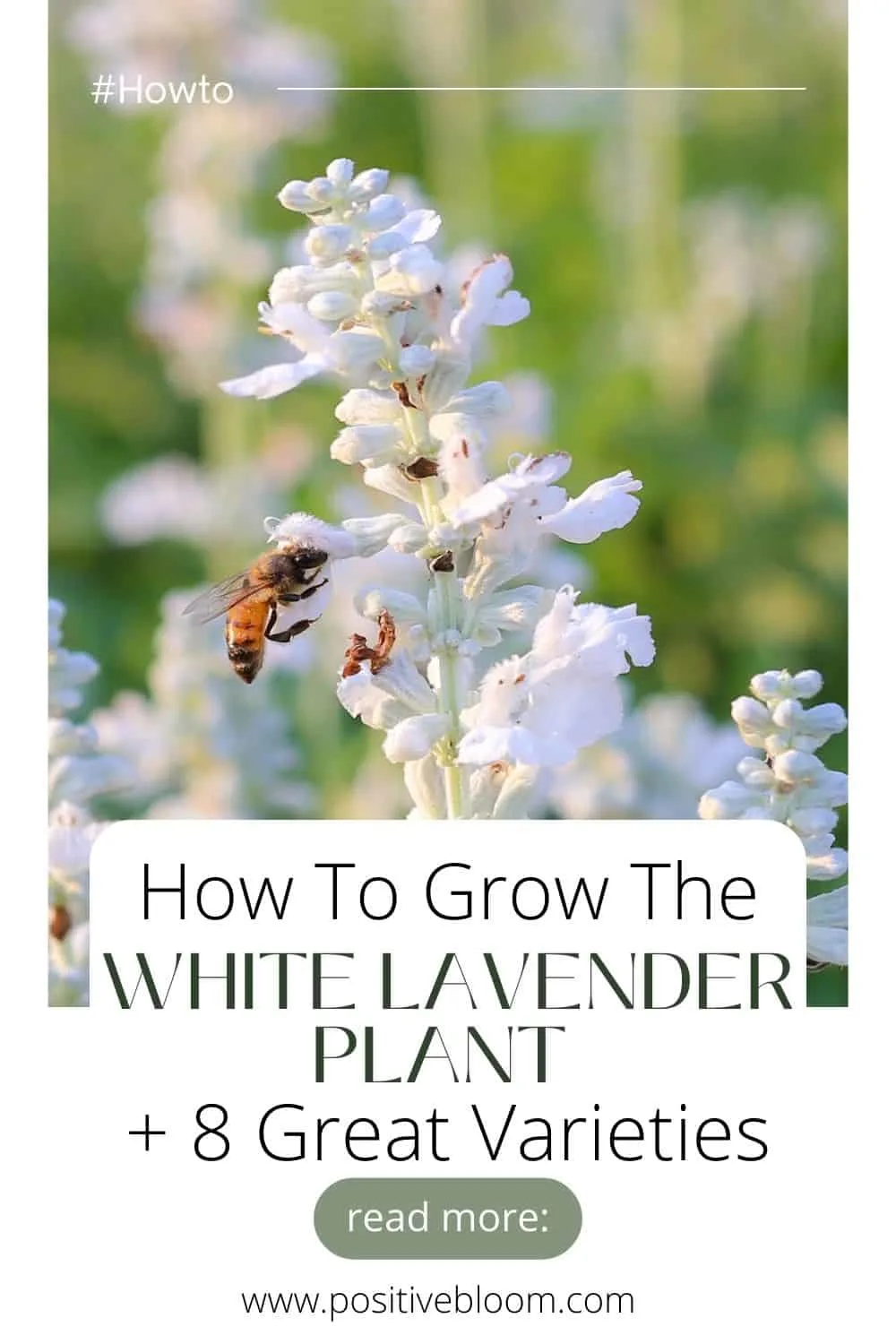

Proper watering and fertilizing are essential for the healthy growth of White Deren plants. Here are some guidelines to follow:
Watering:
- Water the White Deren regularly, keeping the soil moist but not waterlogged.
- Avoid overwatering, as it can lead to root rot and other diseases.
- Check the moisture level of the soil by inserting your finger into the top inch. If it feels dry, it’s time to water.
- During the hot summer months, you may need to water more frequently to prevent the soil from drying out completely.
- Avoid watering the leaves and flowers directly, as it can lead to fungal diseases. Water the base of the plant instead.
Fertilizing:
- Feed White Deren plants with a balanced fertilizer in the early spring, just before new growth begins. Use a slow-release granular fertilizer or a liquid fertilizer diluted according to the instructions on the package.
- Repeat the application of fertilizer every 4-6 weeks during the growing season to promote healthy growth and blooming.
- Avoid over-fertilizing, as it can lead to excessive leaf growth at the expense of flower production.
- Use a fertilizer with a balanced NPK ratio, such as 10-10-10, to provide the necessary nutrients for overall plant health.
- Apply the fertilizer around the base of the plant and gently work it into the soil. Water the plant after fertilizing to help the nutrients penetrate the root zone.
By following these guidelines for watering and fertilizing, you can ensure the optimal health and beauty of your White Deren plants.
Pruning and Training White Deren
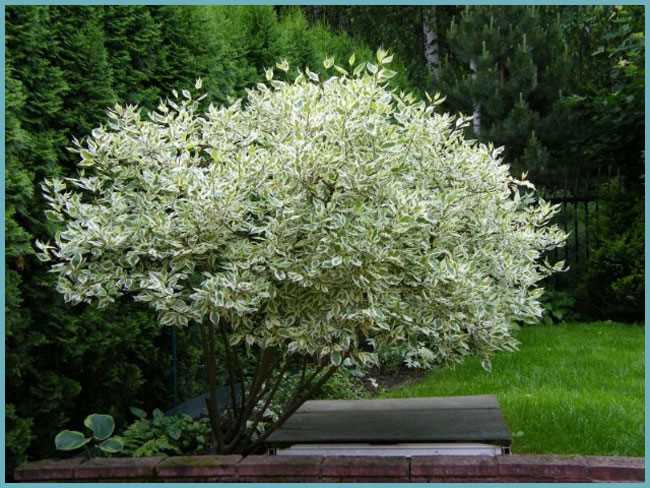

Proper pruning and training of White Deren plants are essential for maintaining their health, shape, and overall growth. Pruning helps to remove dead or damaged branches, promote air circulation, and encourage the development of new growth. Training, on the other hand, involves guiding the branches and stems to grow in a specific direction or shape.
When to Prune
The best time to prune White Deren plants is in late winter or early spring before new growth starts. This dormant period allows the plant to recover quickly from the pruning cuts. Avoid pruning during the summer or fall, as it can stimulate new growth that may not have enough time to mature before winter.
Tools Needed for Pruning
Before you start pruning, gather the necessary tools, including:
- Sharp pruning shears
- Pruning saw
- Long-handled loppers
- Garden gloves
Pruning Techniques
Follow these basic pruning techniques when working with White Deren plants:
- Start by removing any dead, damaged, or diseased branches. Cut them back to healthy wood or the main branch/trunk.
- Thin out overcrowded branches to improve air circulation within the plant. Remove smaller branches that are growing towards the center of the plant.
- To promote a fuller appearance, selectively prune branches that are too long or extending out of the desired shape. Make cuts just above a bud or lateral branch.
- When pruning branches that cross or rub against each other, remove one of them to prevent future damage.
- Remove any suckers or water sprouts that emerge from the base or trunk of the plant.
Training Techniques
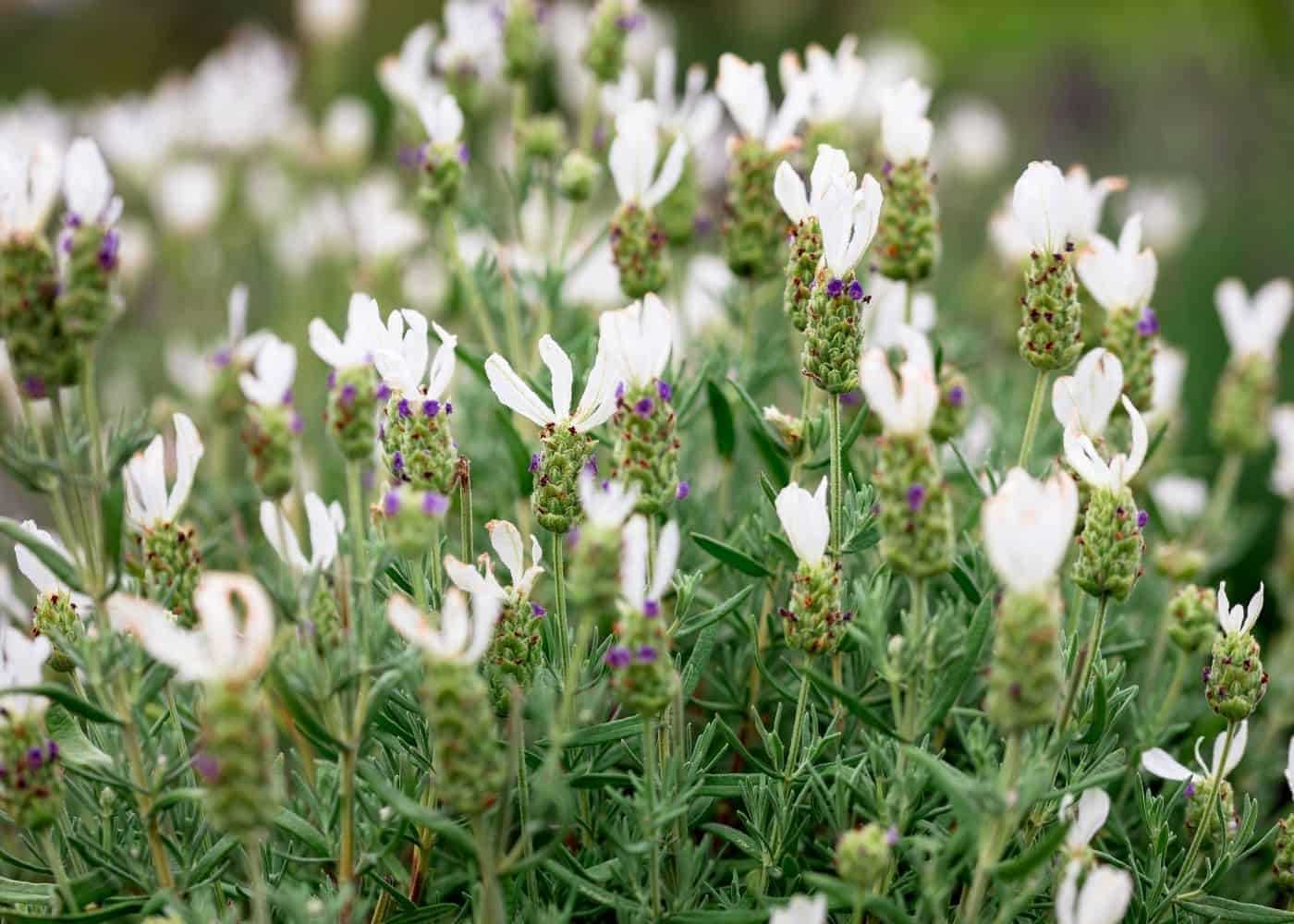

Training White Deren plants can help create beautiful shapes and structures. Here are some common training techniques:
- Espalier: Train the plant to grow flat against a wall or trellis by tying and pruning the branches accordingly.
- Topiary: Create intricate and artistic shapes by regularly trimming and shaping the plant.
- Standard: Train the plant to grow with a single trunk and a rounded top, resembling a small tree.
- Informal: Allow the plant to grow naturally, but lightly prune to maintain the desired shape and size.
Remember to always use clean and sharp tools when pruning and training White Deren plants to minimize the risk of disease transmission. Regular monitoring and maintenance throughout the growing season will help keep the plants healthy and thriving.
Common Pests and Diseases
Aphids: Aphids can feed on the sap of white deren plants, causing stunted growth and curled leaves. They can be controlled by regularly inspecting the plants and using insecticidal soap or neem oil.
Spider Mites: Spider mites are tiny pests that suck sap from the plant, causing yellowing leaves and webbing. They can be controlled by using insecticidal soap or neem oil and regularly spraying the plants with water to increase humidity.
Whiteflies: Whiteflies are small, sap-sucking insects that can cause leaf yellowing and honeydew secretion. They can be controlled by using insecticidal soap or neem oil and regularly inspecting the plants.
Powdery Mildew: Powdery mildew is a fungal disease that appears as a white, powdery coating on the leaves. It can be controlled by improving air circulation, avoiding overwatering, and using fungicides if necessary.
Root Rot: Root rot is a fungal disease that occurs due to overwatering or poorly draining soil. It can cause the roots to rot and the plant to wilt. To prevent root rot, ensure proper drainage and avoid overwatering.
Leaf Spot: Leaf spot is a fungal disease that appears as small, dark spots on the leaves. It can be controlled by removing infected leaves and using fungicides if necessary.
Bacterial Blight: Bacterial blight is a bacterial disease that causes wilting and necrotic spots on the leaves. It can be controlled by removing infected leaves and using antibacterial sprays if necessary.
Regular inspecting and proper care can help prevent and manage these common pests and diseases. It is important to maintain a healthy growing environment for white deren plants by providing adequate sunlight, well-draining soil, and regular watering.
Harvesting and Storing White Deren
Harvesting white Deren is an important step in enjoying the fruits of your labor. Here are some key points to keep in mind when harvesting and storing white Deren:
Harvesting:
- White Deren fruits are usually ready for harvesting when they have turned completely white and feel slightly soft to the touch.
- To harvest the fruits, gently twist or cut them from the stems using a sharp knife or secateurs.
- It’s best to harvest white Deren fruits in the morning when the temperature is cooler to ensure maximum freshness.
- Avoid harvesting overripe fruits as they may be mushy and less flavorful.
Storing:
- After harvesting, gently brush off any dirt or debris from the fruits.
- White Deren fruits can be stored at room temperature for a few days, but it’s best to consume them as soon as possible for optimal flavor.
- If you have harvested a large quantity of white Deren, you can store them in the refrigerator to prolong their shelf life. Place them in a breathable bag or container to prevent moisture buildup.
- Do not wash the fruits before storing as moisture can lead to spoilage.
- White Deren fruits can also be frozen for long-term storage. Simply wash, peel, and cut the fruits into convenient sizes before placing them in airtight freezer bags or containers.
By following these harvesting and storage tips, you can enjoy the delicious taste of white Deren fruits for an extended period of time.
Questions and Answers:
How do I take care of a White Deren plant?
White Deren plants require regular watering, especially during hot and dry periods. They prefer well-drained soil and should be fertilized once a year. Pruning is also necessary to maintain their shape and promote healthy growth.
What are the different varieties of White Deren?
There are several varieties of White Deren, including ‘Snowstorm’, ‘Sunshine’, and ‘Little Heath’. Each variety has its own unique characteristics and growth habits.
What is the best time to plant White Deren?
The best time to plant White Deren is in early spring or fall, when the temperatures are mild and the soil is easy to work with. Planting during these times will give the plant enough time to establish itself before the extremes of summer or winter.
Can White Deren tolerate full sun?
Yes, White Deren plants can tolerate full sun, but they may also thrive in partial shade. It is best to provide some protection from intense afternoon sun, especially in hot climates.
How tall can White Deren plants grow?
White Deren plants can grow to be anywhere from 2 to 8 feet tall, depending on the variety. It is important to consider the size of the chosen variety when planning their placement in the garden.
Do White Deren plants attract wildlife?
White Deren plants are known to attract butterflies and bees with their fragrant flowers. They can also provide shelter for various bird species, making them a great addition to a wildlife-friendly garden.







